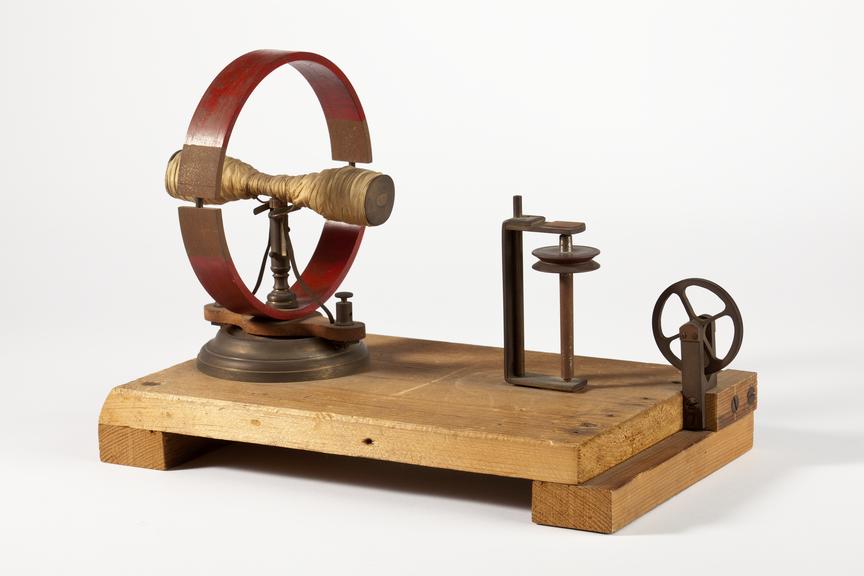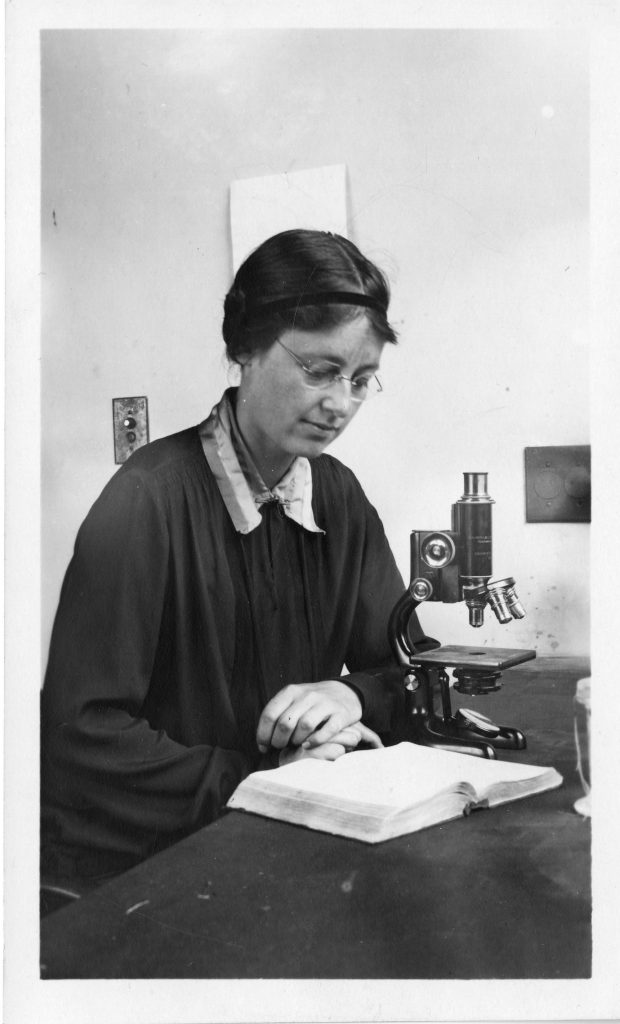Stephenson’s Rocket will be on display before it returns to Manchester for the first time in over 180 years, and there will also be associated objects from our sister museum, the National Railway Museum.

Science Museum Group © The Board of Trustees of the Science Museum
Some more Manchester-focused items from the collection will also be on display, including an electric motor used by James Joule for experiments about energy, dating to around 1860. Joule’s experiments led him to a new understanding of energy conversion – his work showed that electricity, mechanical work and heat are all the same thing – forms of energy. He used equipment like this to learn that forms of energy are interchangeable and that energy cannot be created or destroyed. From 1948 the Joule became a standard international unit of energy measurement.
We are also lending a map case that belonged to Jack Alcock. Alcock and his flying partner Arthur Whitten Brown were the first people to fly directly across the Atlantic. A number of items of memorabilia associated with the flight are currently on display in our Air and Space Hall – including Lucky Jim, the stuffed toy black cat that the pair took with them as a lucky mascot.

Smithsonian Institution @ Flickr Commons
The incredible story of Kathleen Drew-Baker, whose research helped save the Japanese nori industry, is the tale behind that Siebert compound microscope which is travelling to Newcastle. The microscope is one of those used by Drew-Baker in her work. Even though she never actually visited Japan, she is revered in the country as the “Mother of the Sea” and a festival is held in her honour every year.
The final three items from Manchester that are being loaned are a shuttle thermometer from the turn of the 20th century, a Stenton Glider tandem bicycle and a buoyant flying suit designed by Baxter, Woodhouse and Taylor for RAF gunners who were unable to wear lifejackets in confined spaces such as gun turrets.
Items are being loaned to the exhibition from across the Science Museum Group collection, including the Sokol space suit and radio headset worn by Helen Sharman when she became the first Britain to go into space, a logic door from a Ferranti Mark I computer, built around 1951, an early specimen of artificial silk made by Sir Joseph Swan in 1883, part of one of John Dalton’s ball and spoke models, the bell from the Cable Ship Faraday, a small specimen of 1857 Atlantic telegraph cable made in Birkenhead, and a cats-eye of the type any motorist will be familiar with.